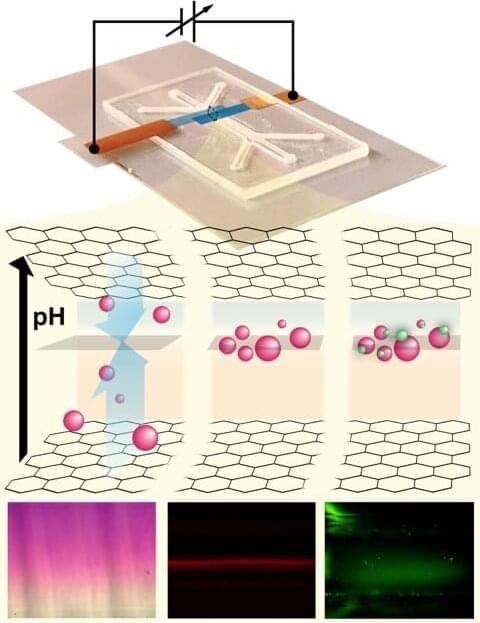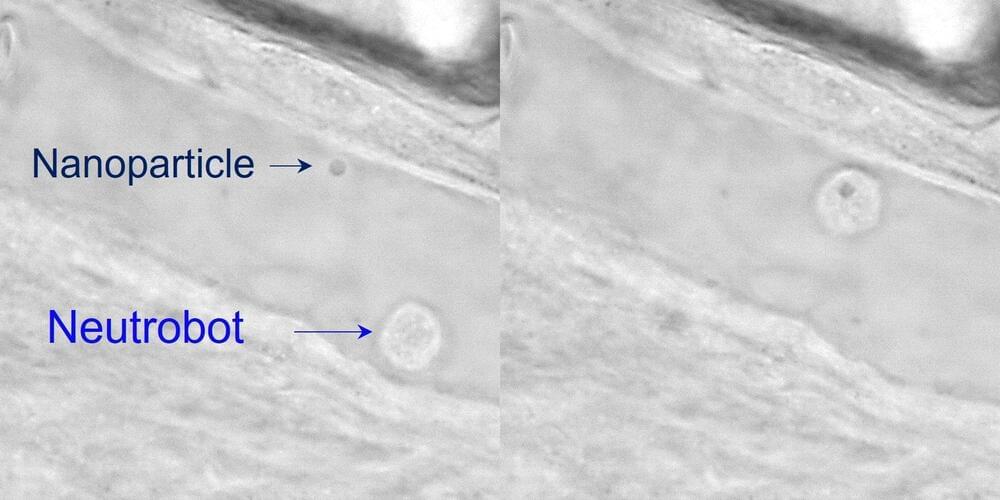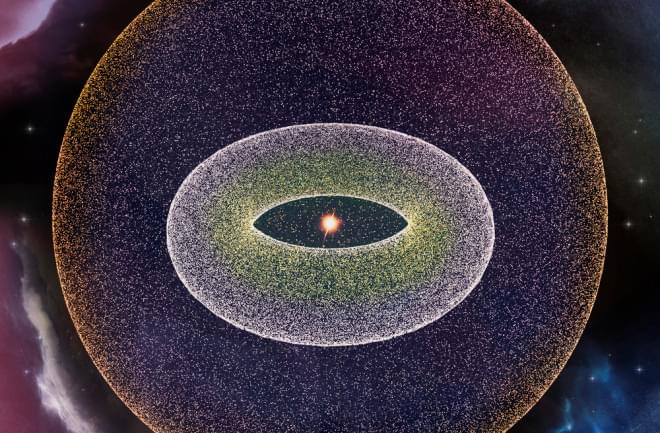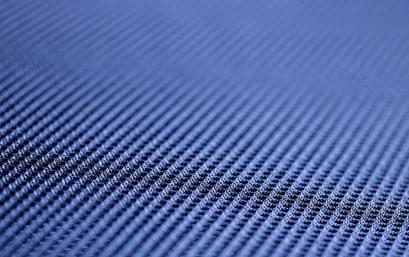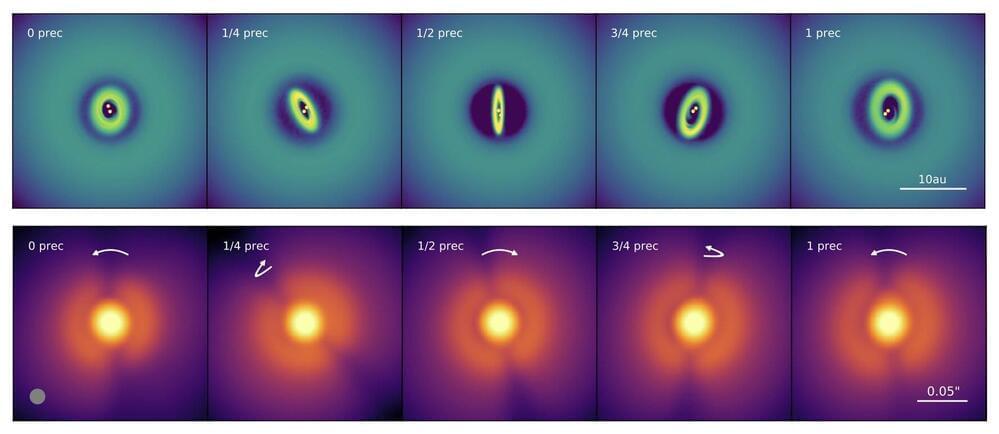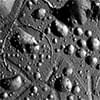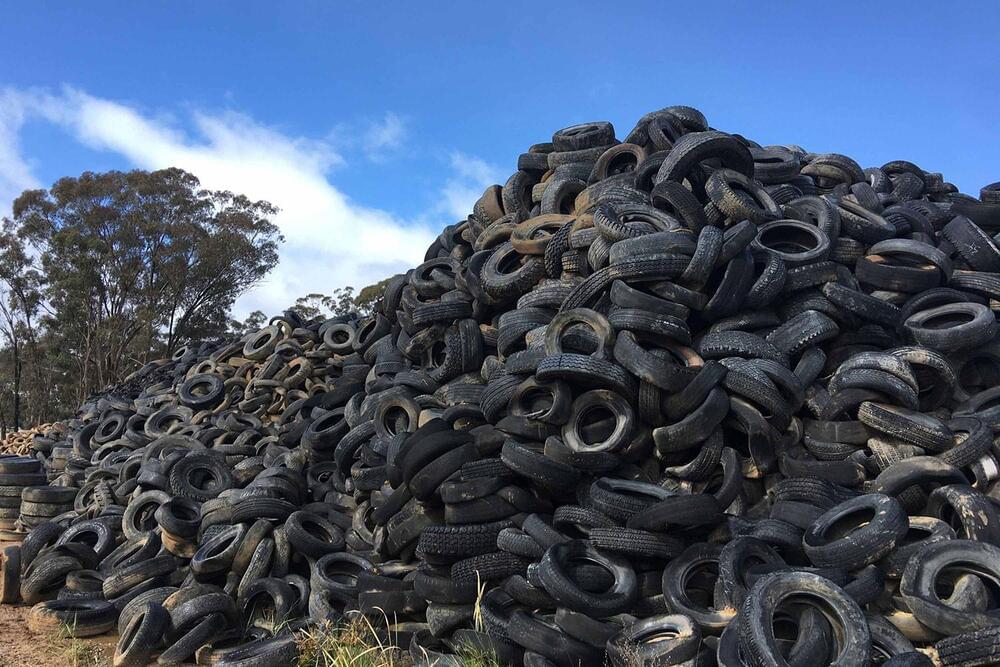Jul 19, 2022
Researcher uses graphene for same-time, same-position biomolecule isolation and sensing
Posted by Saúl Morales Rodriguéz in categories: materials, particle physics
New research led by University of Massachusetts Amherst assistant professor Jinglei Ping has overcome a major challenge to isolating and detecting molecules at the same time and at the same location in a microdevice. The work, recently published in ACS Nano, demonstrates an important advance in using graphene for electrokinetic biosample processing and analysis, and could allow lab-on-a-chip devices to become smaller and achieve results faster.
The process of detecting biomolecules has been complicated and time-consuming. “We usually first have to isolate them in a complex medium in a device and then send them to another device or another spot in the same device for detection,” says Ping, who is in the College of Engineering’s Mechanical and Industrial Engineering Department and is also affiliated with the university’s Institute of Applied Life Sciences. “Now we can isolate them and detect them at the same microscale spot in a microfluidic device at the same time—no one has ever demonstrated this before.”
His lab achieved this advance by using graphene, a one-atom-thick honeycomb lattice of carbon atoms, as microelectrodes in a microfluidic device.
